Covid-19 ‘smoking gun’ revealed in bombshell Wuhan lab leak origin report
New documents unearthed a secret recipe for a lab-created synthetic coronavirus eerily similar to the Covid-19 virus one year before the pandemic outbreak.
World
Don't miss out on the headlines from World. Followed categories will be added to My News.
Newly unearthed documents reveal “smoking gun” evidence that the Covid-19 pandemic leaked out of a Chinese laboratory from a synthetic coronavirus recipe engineered by American scientists, according to a bombshell investigation.
Previously unpublished notes accompanying a US-China joint research proposal showed for the first time plans for University of North Carolina virologist Ralph Baric to work with the Wuhan Institute of Virology to engineer novel coronaviruses with uncannily similar features of SARS-CoV-2 a year before the pandemic.
US Right to Know, the health advocacy group that obtained the documents under Freedom of Information laws, said its findings amount to a “smoking gun” among some scientists who have been investigating the lab leak hypothesis of the Covid-19 outbreak.
“Game over,” said Matt Ridley, co-author of Viral: The Search for the Origin of Covid-19.
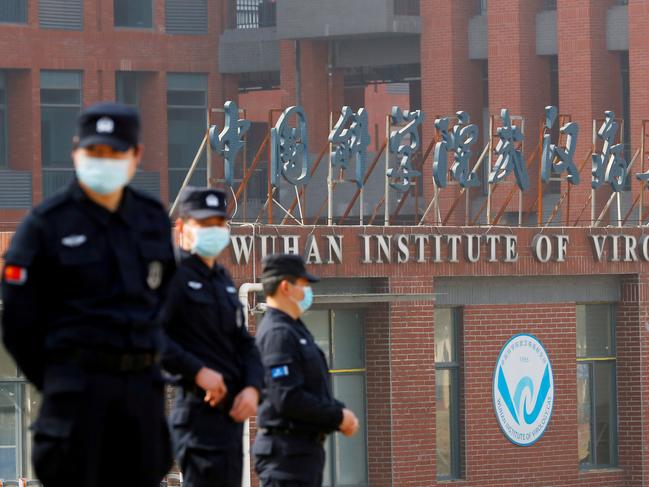
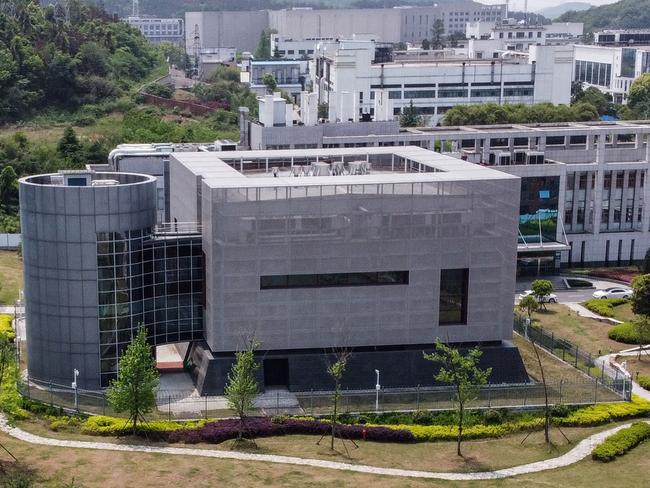
“The latest revelations provide precise confirmation that all the many suspicious features of sars-cov-2 which imply it was man-made were set out in exhaustive detail in the DEFUSE proposal to which Wuhan Institute of Virology was a partner.”
The previously reported DEFUSE grant proposal, led by EcoHealth Alliance President Peter Daszak in New York, was a 2018 application to the Pentagon’s Defense Advanced Research Projects Agency (DARPA) for a USD $14 million grant to enhance SARS-like bat viruses.
New comments and background context written in the footnotes and margins of the draft, released by the US Geological Survey this month, revealed fresh details of how Mr Daszak pictured Dr Baric working with China’s infamous “bat lady”, Dr Shi Zheng-li, at the Wuhan Institute of Virology at lower biosafety levels than in the final version of the grant proposal, in an apparent effort to save costs.
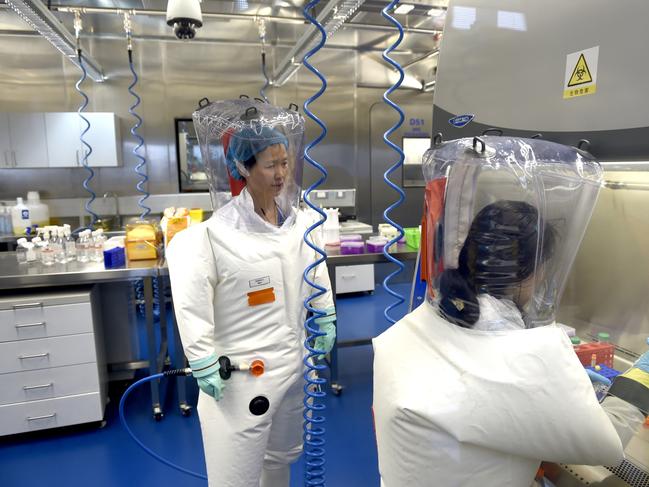
“If we win this contract, I do not propose that all of this work will necessarily be conducted by Ralph, but I do want to stress the US side of this proposal so that DARPA are comfortable with our team,” Mr Daszak wrote in the grant notes.
“Once we get the funds, we can then allocate who does what exact work, and I believe that a lot of these assays can be done in Wuhan.”
Dr Baric and Mr Daszak, who was part of the World Health Organisaiton’s investigation team that claimed Covid occurred naturally rather than leak form a lab, did not respond to a request for comment by the time of publication.
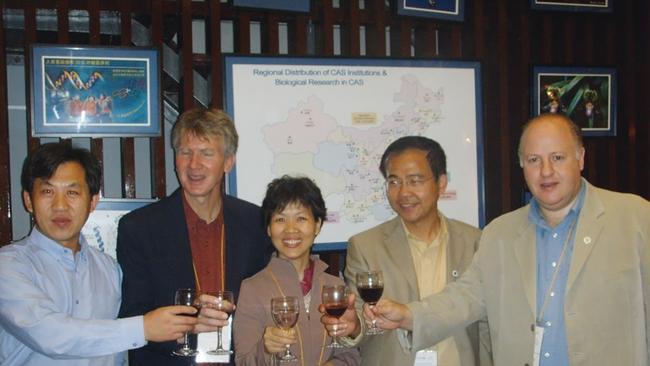
Dr Valentin Bruttel, co-author of a 2022 paper predicting Covid-19 was created by assembling six synthetic pieces of DNA in a sequence related to the SARS1 virus of the 2002 epidemic, said the DEFUSE draft documents showed “exactly” what they postulated.
“They planned to use 6 segments to assemble synthetic viruses, to use unique endonuclease sites that do not disturb the coding sequence, and TO BUY BsmBI !!!” Bruttel wrote in a post on X.
the DEFUSE draft documents show that, exactly as we had postulated, they planned to use 6 SEGMENTS to assemble synthetic viruses, to use unique endonuclease sites that do not disturb the coding sequence, and TO BUY BsmBI!!!
— Dr. rer. nat. Valentin Bruttel (@VBruttel) January 19, 2024
(= NE Bio labs order # R0580S or R0580L)
25/x pic.twitter.com/xZlnzeQBF2
“BsmBI” highlighted by Bruttel are restriction enzymes that occur in nature but are also used to cut DNA at specific points to splice together viruses.
The newly revealed draft planning materials included an order from New England Biolabs to purchase one of these enzymes, plus plans to buy other unspecified enzymes from the same lab.
A budget table beneath the ordering documents lists USD $292 for “restriction enzymes large tubes” and USD $72 for “restriction enzymes small tubes”.
“Some scientists say this finding is akin to a ‘smoking gun’ in favour of the lab hypothesis,” said US Right to Know investigator Emily Kopp.
Richard H. Ebright, a molecular biologist at Rutgers University, told City Journal that the new documents elevate the evidence provided by Mr Bruttel’s 2022 genome sequence “from the level of noteworthy to the level of a smoking gun.”
The drafts of the proposal to “introduce appropriate human-specific cleavage sites” showed the plan to synthesise strains of SARS-type bat viruses to make a vaccine to immunise bats in areas where the military may have to operate, and therefore put troops at risk of infection.
“We MUST make it clear in proposal that our approach won’t drive evolution the wrong way (e.g. drive evolution of more virulent strain that then becomes pandemic,” the planning documents said.
“This needs to be explained in detail (RB [Ralph Baric] will draft this section).”
While the Pentagon ultimately rejected the grant proposal, the notes show that Dr Baric may have engineered spike proteins not part of the public record before it was submitted to DARPA.
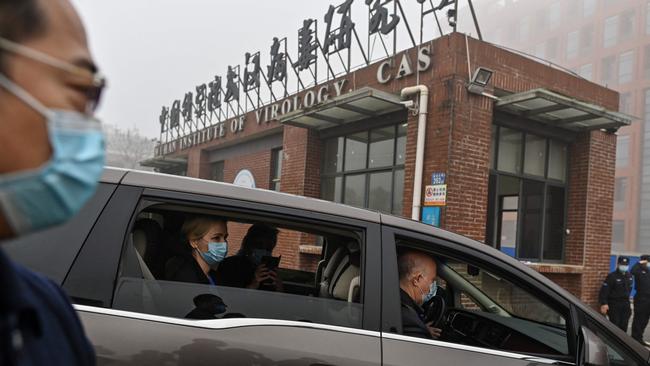
“RB [Ralph Baric] has already generated SARS-like chimeras w/ RBD [receptor binding domain] from group of bat viruses called 293 (for S1) which is 20% different than epidemic strains, and S2 region from HK3 which is 20% diff,” the notes read.
It is unclear if the work outlined in the proposal went ahead without DARPA funding, or if the Wuhan Institute of Virology continued moving forward without collaboration from its partners at the University of North Carolina, which has significantly higher biosafety measures.
Molecular biologist Alina Chan, Scientific Advisor at Broad Institute of MIT and Harvard said the Wuhan Institute of Virology “made no mention” of its work with the DEFUSE proposal when publishing their first paper on the Covid-19 pandemic virus.
“We need to get all of the exchanges between the Wuhan Institute of Virology and its US collaborators in 2018 and especially 2019 — the year of the pandemic,” Dr Chan said.
“Why have subpoenas not been issued?”





